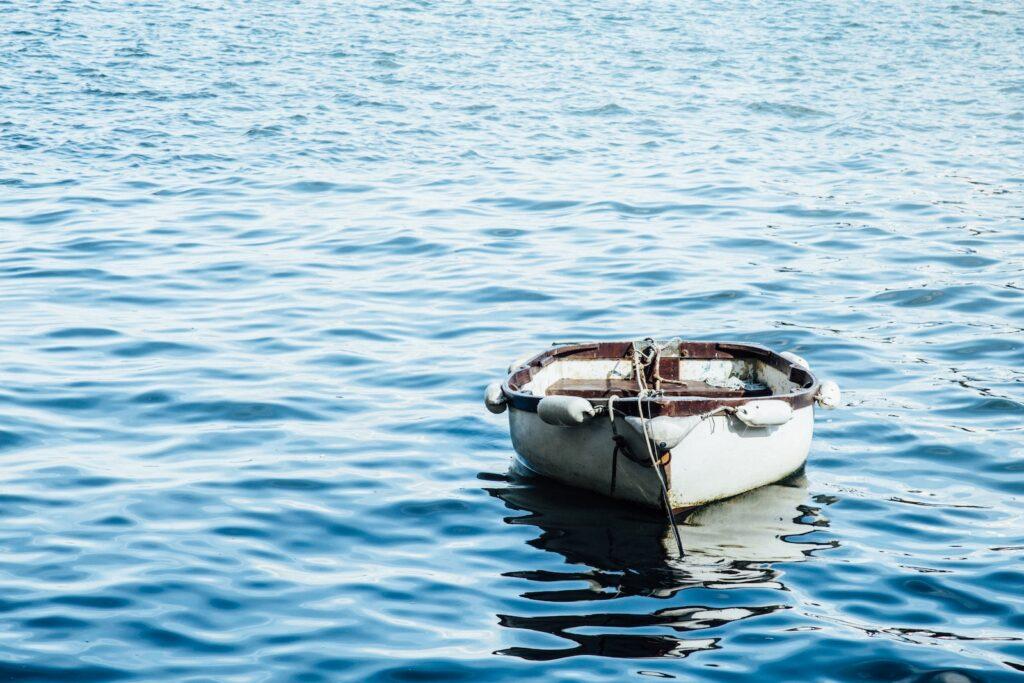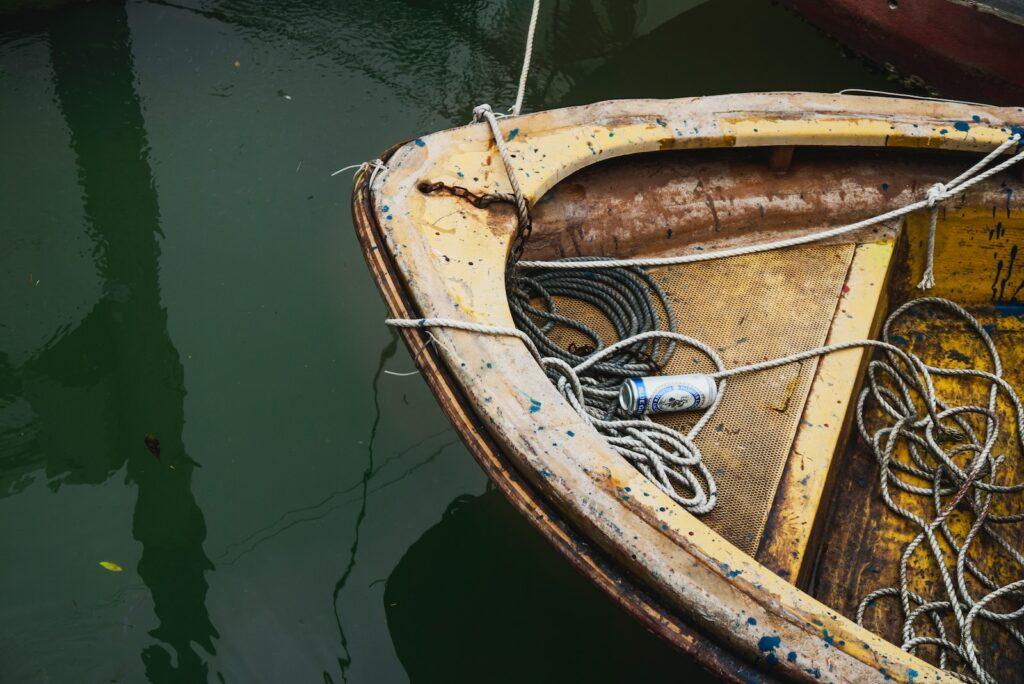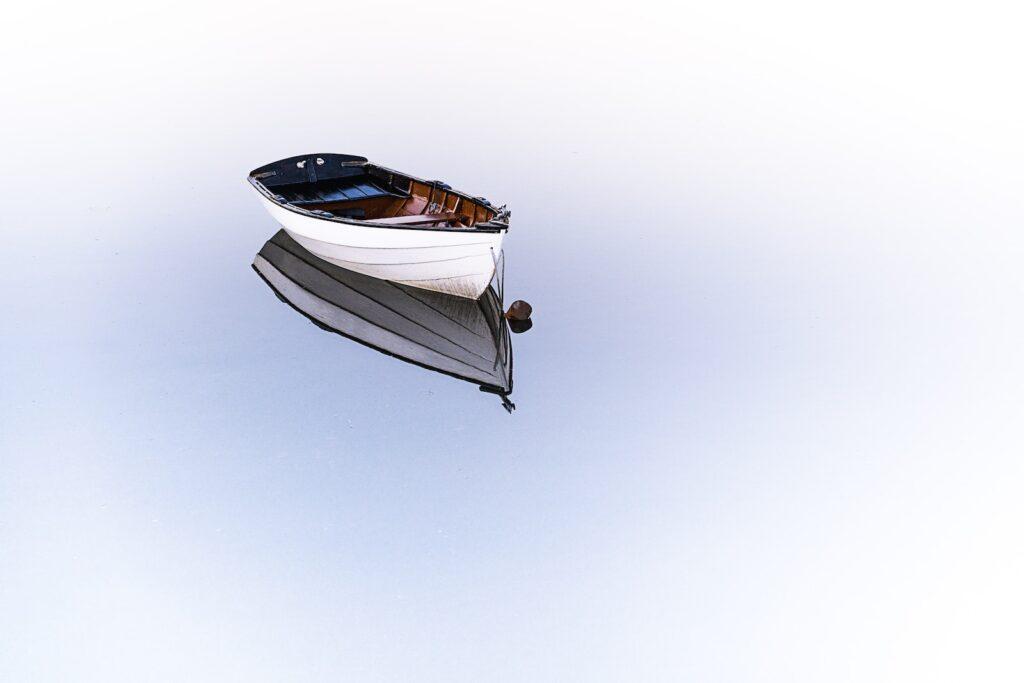Flat Bottom Boat
A flat bottom boat is a type of boat that is popularly utilized in shallow waters and for fishing. It is characterized by it and a shallow draft, making it ideal for navigating in shallow waters. They are also commonly used for recreational activities such as sightseeing, fishing, and water sports. In this article, we will discuss the different types of them, their advantages and disadvantages, and the uses for these vessels.
What is a Flat Bottom Boat
It is a type of boat with a flat hull and a shallow draft, typically used for calm water activities such as fishing and recreational boating. Flat bottom boats are generally easy to build, operate and maintain, and their design makes them suitable for a wide range of uses, from pleasure boating to commercial fishing.
- A flat hull, meaning the bottom of the boat is flat and level, rather than curved or angled.
- Shallow draft, allowing it to navigate in waters with a lower depth.
- A wide beam, giving it stability on the water.
- A bottom-heavy design, allowing it to carry large loads.
- A low center of gravity, making it less prone to tipping over.
- A flat, open deck, providing space for activities like fishing or relaxing.
They are typically made from fiberglass or aluminum and come in a variety of sizes and shapes. Their design makes them ideal for navigating in shallow waters, and they can be powered by either oars or an outboard motor. Due to their shallow draft and wide beam, they are relatively stable and provide a comfortable ride even in choppy waters. They also offer plenty of space for passengers and gear, making them ideal for fishing and family outings.

Types of Flat Bottom Boats
They are typically constructed from aluminum or fiberglass and are designed to provide stability and easy maneuverability in shallow waters. They are often used for fishing, hunting, and recreational activities such as waterskiing and tubing. They feature a flat bottom and shallow draft, allowing them to navigate in shallow waters where other boats may not be able to. They typically have a transom, or flat back, with an outboard motor mounted on the back.
- Dinghies
- Houseboats
- Jon boats
- Pontoon boats
- Fishing boats
- Sailboats
- Rowboats
- Canoes
- Kayaks
- Skiffs
The hulls of flat bottom boats are often constructed to be more durable and to provide greater stability than other types of boats.
Pontoon Boats
Pontoon boats are typically small in size and feature a large flat bottom. They are designed for leisure activities such as sightseeing, fishing, and other recreational activities. Pontoon boats are also popularly used for watersports such as wakeboarding, tubing, and skiing.
Jon Boats
Jon boats are flat-bottomed vessels that are ideal for fishing and navigating in shallow waters. They are typically made from aluminum, which makes them lightweight and easy to maneuver. Jon boats are also commonly used for hunting and duck hunting.
Canoes
Canoes are flat-bottomed vessels that are traditionally made from fiberglass or wood. They are commonly used for recreational activities such as fishing, camping, and whitewater rafting. Canoes are also ideal for navigating rivers, lakes, and other types of bodies of water.
Dinghies
Dinghies are small, lightweight flat-bottomed boats that are commonly used for fishing and recreational activities. They are typically made from fiberglass, wood, or aluminum and are typically powered by oars or an outboard motor.
Advantages and Disadvantages of Flat Bottom Boats

They offer several advantages over other types of boats. They are often less expensive than other boats, since they require less material and labor to construct. They are also very stable, making them a great choice for fishing, cruising, or other leisure activities.
Check also: what is flats boat
They are easy to maneuver and often have a shallow draft, making them ideal for navigating shallow waters. On the downside, they are less fuel efficient than other boat types, and they can be more difficult to handle in choppy or windy conditions.
Advantages
The main advantage of thems is that they are ideal for navigating in shallow waters. They also provide a stable platform, making them ideal for fishing and other recreational activities. They are typically lightweight and easy to maneuver.
Disadvantages
The main disadvantage of them is that they are not suitable for navigating in rough waters or in larger bodies of water. They tend to be less stable than other types of boats and can be more difficult to control.
Uses for Flat Bottom Boats
Flat bottom boats are typically used for shallow waters, lakes, rivers, and canals. They are often used for activities such as fishing, hunting, and general leisure boating. They are also used for commercial purposes such as transporting cargo, people, and equipment. The flat bottom design allows them to move in shallow waters where other boats would not be able to go.
Fishing
They are ideal for fishing, as they provide a stable platform for casting and maneuvering. They are lightweight and easy to maneuver, making them ideal for navigating in shallow waters and for navigating to different fishing spots.
Recreational Activities
They are also commonly used for recreational activities such as sightseeing, camping, and watersports. They are ideal for navigating in shallow waters and provide a stable platform for activities such as wakeboarding, tubing, and skiing.
Hunting
Flat bottom boats are also commonly used for hunting, as they are ideal for navigating in shallow waters and provide a stable platform for hunting ducks and other birds.
Transportation
Flat bottom boats are also commonly used for transportation, as they are lightweight and easy to maneuver. Additionally, they are ideal for navigating in shallow waters and can be used to transport people and goods over short distances.
Safety Considerations for Flat Bottom Boats

When operating a flat bottom boat, it is important to consider safety. They can be more difficult to control than other types of boats, so it is important to consider the following safety tips when operating one:
Wear a Life Jacket
It is essential to wear a life jacket when operating a flat bottom boat. This will help to protect you in the event of an emergency or accident.
Check the Weather
Before taking it out, it is important to check the weather to ensure that conditions are safe for navigation.
Know the Limitations
It is important to be aware of the limitations of it. They are not suitable for navigating in rough waters or in larger bodies of water, so it is important to be aware of the limitations of your boat and to stay within them.
Be Aware of Other Boats
When operating a flat bottom boat, it is important to be aware of other boats in the area. This will help to ensure that you are able to navigate safely and avoid collisions.
Maintenance for Flat Bottom Boats
Regular maintenance for flat bottom boats is essential for keeping them in good working condition. The most important step for maintaining it is to inspect and clean the hull regularly. Make sure to check for any dents, cracks, or other damage and repair them as soon as possible. Check the fuel tanks, fuel lines, and any other mechanical components to ensure they are in good working order. It is also important to check the steering and control systems to make sure they are functioning properly. Be sure to apply a coat of paint or sealant to the hull to protect it from the elements. Following these steps will help ensure your flat bottom boat remains in good condition for many years to come.
Inspect the Hull
It is important to regularly inspect the hull of a flat bottom boat to ensure that it is free of cracks, dents, and other damage.
Clean the Boat
It is important to regularly clean the boat to remove debris and other contaminants that can cause damage to the boat.
Check the Equipment
It is important to regularly check the equipment on the boat to ensure that it is in good working condition. This includes checking the lights, the motor, and any other equipment.
Replace Parts
It is important to replace any parts that are worn or damaged in order to ensure the safety and reliability of the boat.
Why are flat bottom boats good?
Flat bottom boats are ideal for shallow waters and have good stability, making them a great choice for fishing, hunting, and other recreational activities. They are also easy to maneuver, as it reduces drag and allows for easy turning. They have low draft, making them easier to launch and navigate through shallow areas.
They are also relatively inexpensive compared to other types of boats, making them a cost-effective option. Many have a wide beam, which provides additional stability, and the flat bottom design makes them ideal for use in calm waters. They are often lighter than other types of boats, making them easier to transport and store.
Conclusion
Flat bottom boats are ideal for navigating in shallow waters and provide a stable platform for fishing, hunting, and recreational activities. They are lightweight and easy to maneuver, making them suitable for navigating in shallow waters and for a variety of different purposes. They are also commonly used for transportation, as they are lightweight and easy to maneuver.
